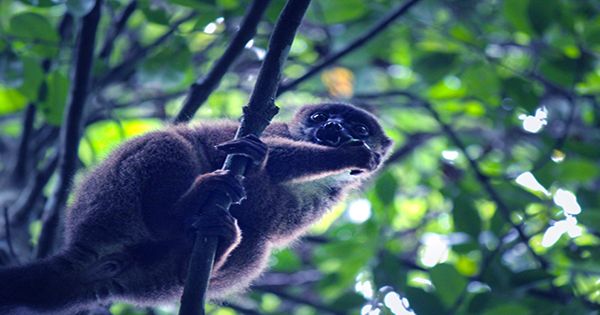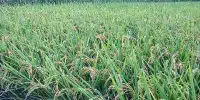Is there anything more inviting than the fragrant scent of the Crescents as you cross the patisserie on a cold winter morning? We do not think so. A new study published in the American Journal of Physical Anthropology has now established for the first time that people who promise delicious rewards are not the only primates that fall into perfume. The lemurs listed in the study came from the Lemur Conservation Foundation in Florida. Here, they were challenged to identify hidden containers in the underbrush of their enclosure, including a few real watermelons (cantaloupe, to be specified) and fake watermelons.
These delusions spread between 4 and 18 meters (13 and 56 feet) from the watermelon-loving labyrinths, but everything obscured to prevent any other senses from assisting in this work. As the lemurs began to look for the precious watermelon, it became clear that they were able to use their sense of smell as a way to soften the product. By following the “smell plums” they were able to navigate the power of the smell and after finding a box the air would start to dry again to find the location of the next snack.
Interestingly, lemurs can only locate a cantaloupe when the wind is blowing towards them, that is, in a direction that carries the scent to the lemurs’ nose. They have been able to remember where they ate before, such as when they arrived at a place where they already housed in a cantaloupe, they would like to search for the next stash. The containers that were too far away took the longest time to find, and the top distance of a successful watermelon hunt found to be 18 meters (56 feet) away from the path.
They were also unable to find fake cantaloupe containers, showing that seeing something delicious was not enough to make their heads spin. Said anthropologist and lead author Elena Cunningham, clinical associate professor of molecular pathobiology at NYU College of Dentistry in a statement, “This first study demonstrates that primates can track any odor that driven by air.”
“The lemurs were able to detect the smell of cantaloupe among the complex forest odors and successfully transmit the scented fruit to the fruit. The results indicate that speed could used to respond to signals from a distant source.














